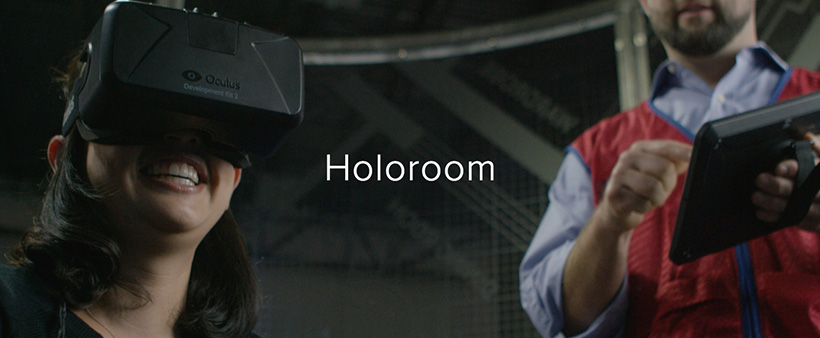
AR, VR set for huge growth in next five years
Perhaps you have observed with interest the advances in recent years of augmented reality and virtual reality tools, but haven’t considered how your brand or organization can take advantage of these technologies. It’s safe to say that the companies that are utilizing these technologies are among the avant-garde; however, it also is accurate to say that many of these companies are drastically improving their ability to reach audiences and potential customers in new ways.
A new report by Research and Markets has found that the global augmented reality and virtual reality market is expected to exceed $94 billion in the next five years. So it’s safe to say that augmented reality and virtual reality are much more than flash-in-the-pan fads.
Who is using the tech?
Last week, Domino’s showed how augmented reality can be utilized even with a process as simple as buying a pizza. The company ran a campaign on Snapchat on July 28 that allowed users to order a pizza directly within the app simply by interacting with the augmented reality pizza in the app.
Users in selfie mode were given aviator sunglasses with reflections of pizzas in the lenses. When the user switched to the other camera, a Domino’s pizza box appeared on screen, complete with a pepperoni pizza inside. Users who liked what they saw could simply tap on the screen to order a pizza to be delivered without ever leaving the app.
Lowe’s is also actively using augmented reality and virtual reality to improve customer experience. You may remember that Lowe’s first launched the Holoroom in 2014, allowing users to virtually design a room and view it in a virtual reality experience. Now, the company has announced two new AR apps: Measured and Envisioned.
Measured allows users to measure between two points in their home simply by looking at their rooms through their smartphone lenses and tapping where they want to measure. Envisioned, which is scheduled to be released in October, will allow users to take photos of room in their own homes, then overlay high-fidelity images of Lowe’s products in the rooms.
What’s next?
Invariably, as more companies utilize augmented reality and virtual reality and as the tech becomes easier to develop and use, more possibilities will present themselves. Industry insiders believe that AR and VR will become more about function, and less about flash.
Jeremy Pounder, Futures Director at Mindshare spoke about this shift in how AR and VR will be used.
“From a marketer’s perspective, I think AR historically has mostly been used around brand engagement applications, what we might call ‘surprise’ and ‘delight,'” Pounder said in an interview with CNBC.
“Our sense is that while that is still important — and will be a valued part of the marketing mix — AR has the potential to be more flexibly used in other areas. Brands are going to look to be more assistive to try and help people solve problems, provide some sort of service or utility.”
If you are looking for inspiration about ways to use these tools, check out some of the examples compiled by Search Engine Journal.
MarTech conference offers Beta rates for those who register in August. The Oct. 1-3 conference in Boston promises four tracks from which attendees can choose: Marketing, Technology, Management, and Solutions.
Google is following up on its threat to call out non-secure websites. Sites who are not HTTPS-compliant now are identified by Google to users as “Not Secure” to the left of the URL address. These sites also could have lower search result rankings.
Facebook has now launched Watch Party for global audiences. The tool allows Facebook group members to watch videos together on Facebook in real time. The videos may be live or recorded, and group members can interact with one another while they watch.
LinkedIn now allows users to send voice messages to one another. The messages, which are recorded and sent within the mobile app, can be up to one-minute long. The tool is advertised as an effective way to contact people with more complex messages when you don’t have their phone number.










